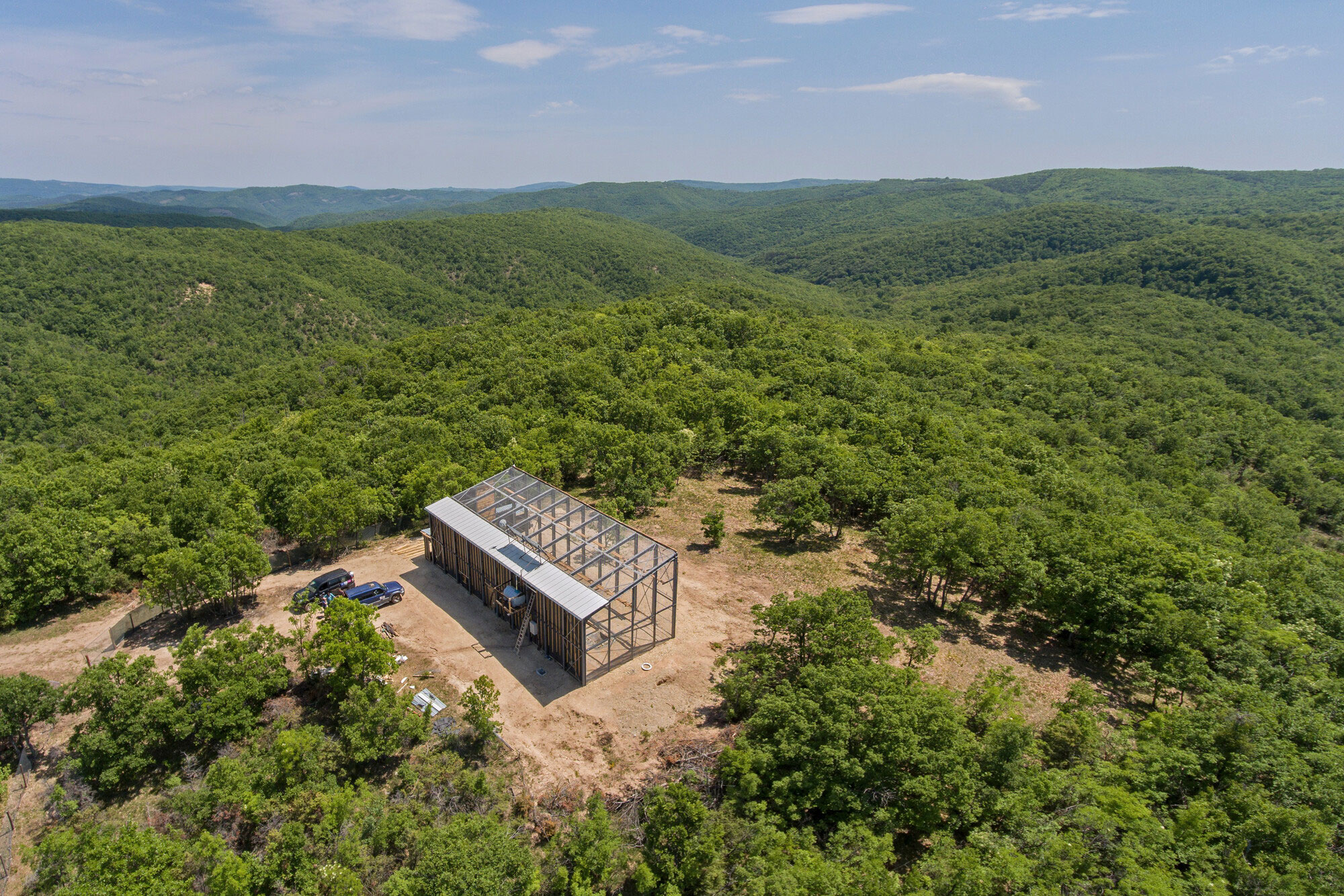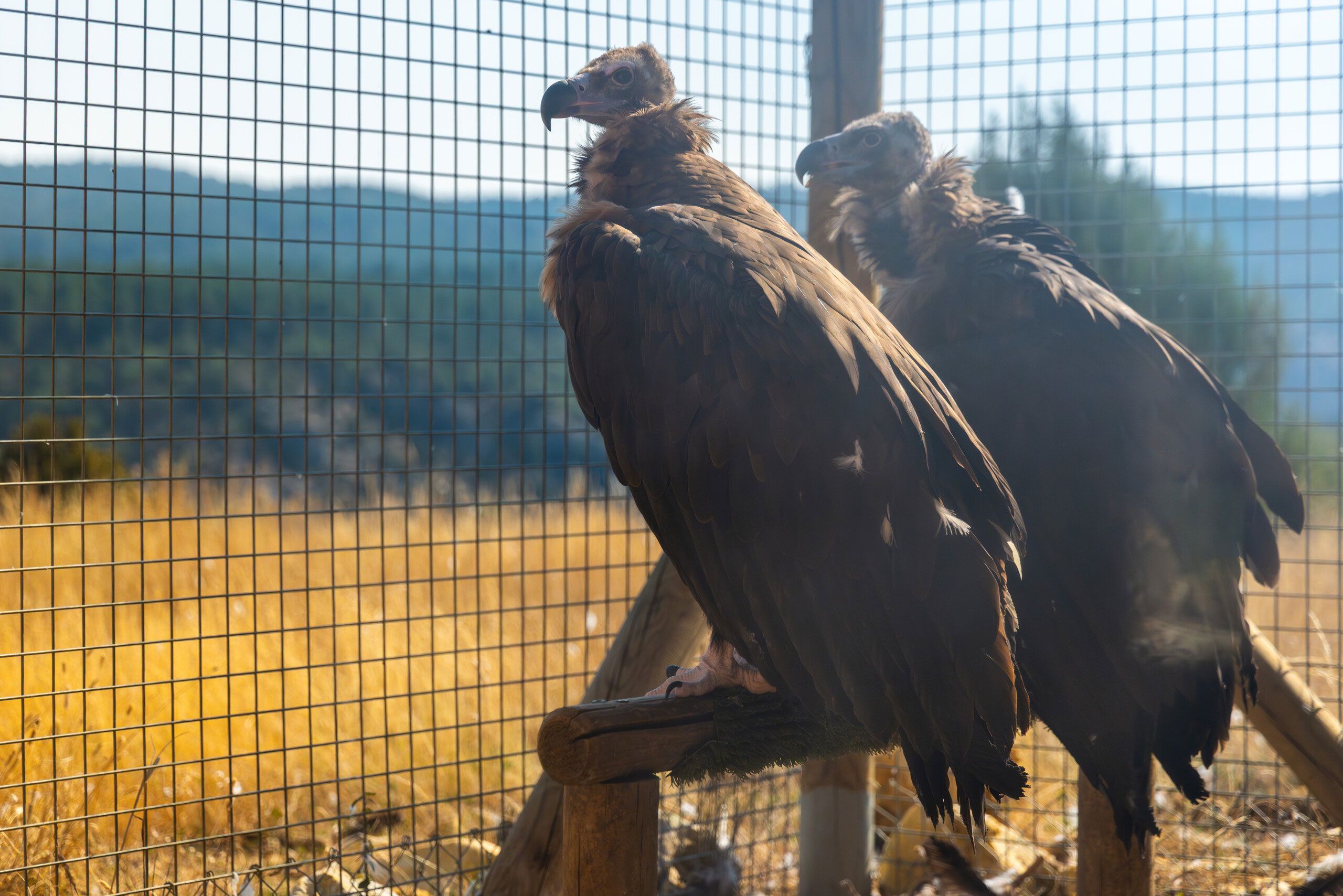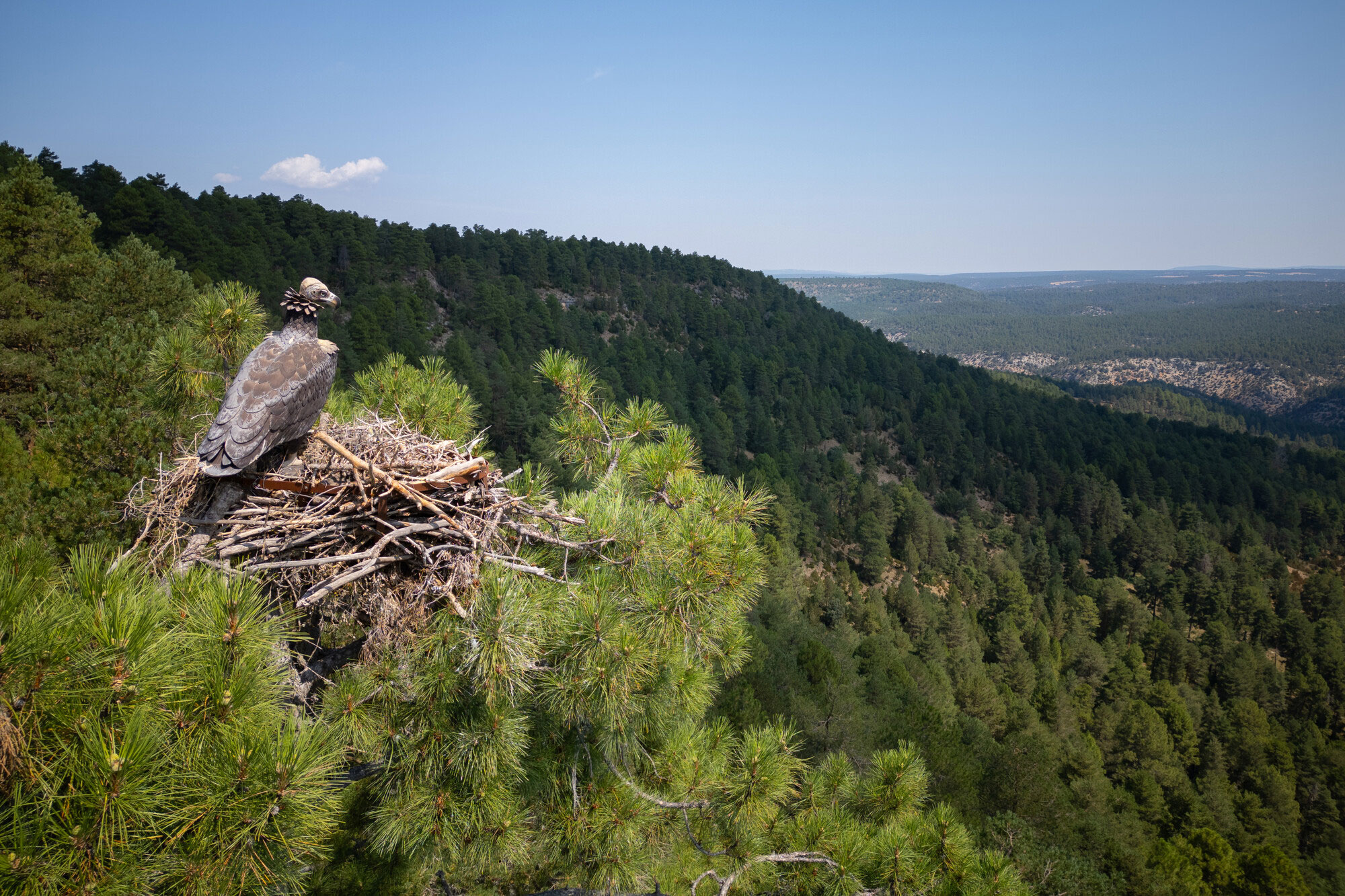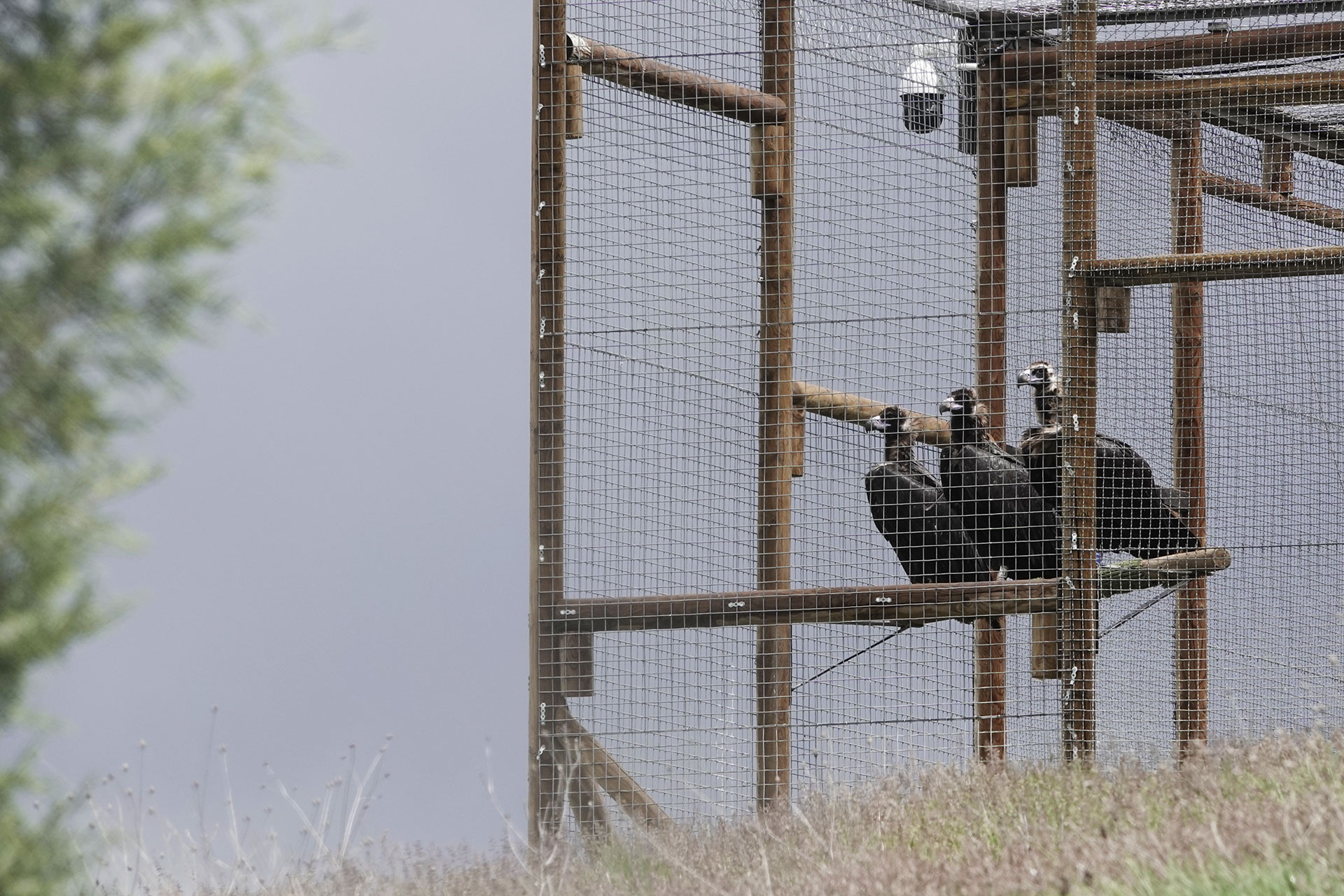Cinereous vultures have recently been released in the Rhodope Mountains of Bulgaria and the Iberian Highlands of Spain. Their return marks an important step forward in rewilding Europe’s skies — supporting the comeback of the species in Europe, strengthening the circle of life, and delivering lasting benefits to local communities.
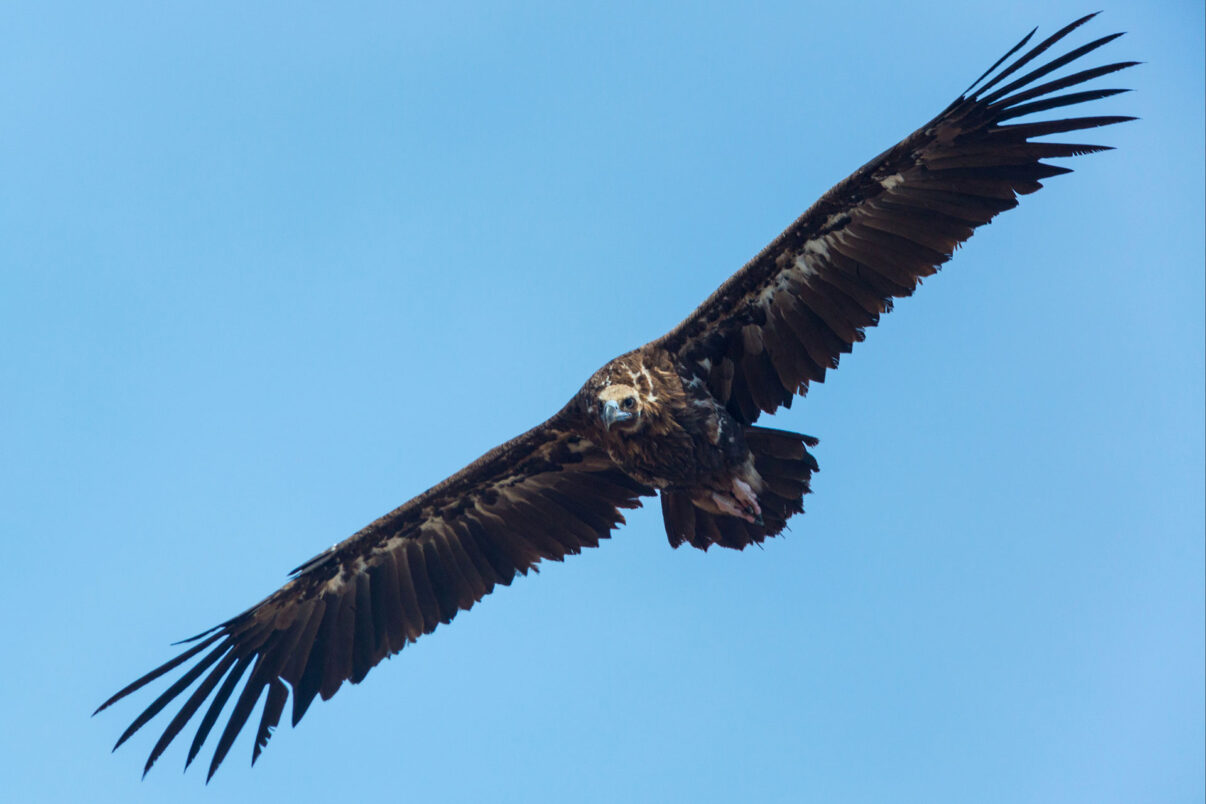
Rewilding Europe’s skies

Rewilding supports the comeback of all wildlife — including birds. Recognising the critical role that birds play in wild nature — particularly keystone species that have a significant impact on ecosystems, such as vultures and other raptors — Rewilding Europe and its partners are working to restore bird populations in a growing number of landscapes. Today, the rewilding of European skies is delivering wide-ranging benefits for people and nature on an increasing scale.
As one of Europe’s four vulture species, cinereous vultures play a critical role in nature — they prevent the spread of disease by consuming carcasses, helping to recycle nutrients and maintain the health and balance of ecosystems. A major drawcard for birdwatchers and wildlife enthusiasts, they can also help to revitalise rural economies by supporting the growth of nature-based tourism.
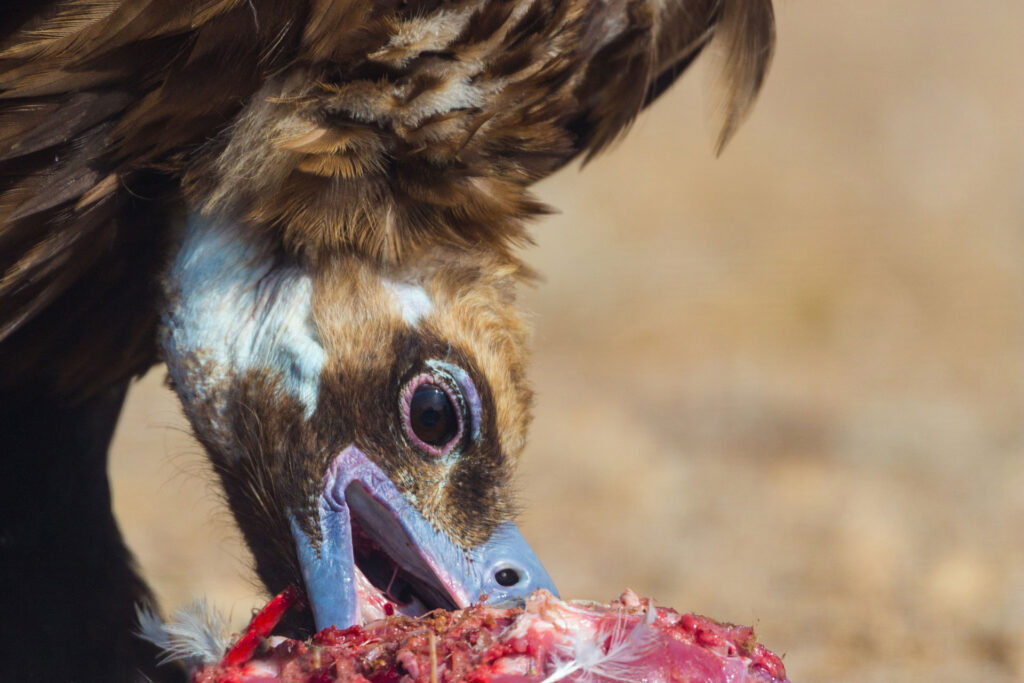
Record release in the Iberian Highlands
As part of Rewilding Europe’s commitment to support wildlife comeback in all of its rewilding landscapes, groups of cinereous vultures have recently been released in the Iberian Highlands of Spain and the Rhodope Mountains of Bulgaria, as part of ongoing reintroduction programmes.
In the Iberian Highlands, sixteen vultures were released in Peralejos de las Truchas, a municipality located in the province of Guadalajara — the largest release in a programme that started in 2020, with birds sourced from wildlife recovery centres across the Castilla-La Mancha region. The initiative, which has now seen 37 cinereous vultures set free, is led by the Department for Sustainable Development of the Regional Government of Castilla-La Mancha and the Alto Tajo Natural Park, with on-the-ground work carried out by Rewilding Spain and Spanish NGO Terra Naturalis.
“The return of cinereous vultures to the Iberian Highlands is vital for strengthening local food chains and enhancing the natural process of scavenging,” says Pablo Schapira, team leader of Rewilding Spain. “We hope that this collaboration between organisations will soon see these magnificent birds once again nesting in the landscape. Several of the recently released birds are adults already capable of breeding, increasing the likelihood that they will nest next spring and establish themselves permanently in the area.”
“The return of cinereous vultures to the Iberian Highlands is vital for strengthening local food chains and enhancing the natural process of scavenging.”

Pablo Schapira
Team leader of Rewilding Spain
Flying high in the Rhodope Mountains
In the Rhodope Mountains, seven cinereous vultures were released as part of an ongoing programme to restore the species in the Eastern Rhodope mountains. So far, 27 vultures have been released here by the Bulgarian Society for the Protection of Birds (BSPB) and Rewilding Rhodopes since 2022. The birds were sourced from a rehabilitation and breeding centre run by Spanish NGO GREFA (Grupo de Rehabilitación de la Fauna Autóctona), which specialises in the care and rehabilitation of rare bird species.
The programme is set to continue with at least four more releases by 2029, with the team optimistic about future breeding success.
“The birds that have already been released are showing stable behaviour and successfully forming pairs,” says BSPB vulture expert Dr. Dobromir Dobrev. “Seven released birds have now occupied nests as part of five pairs, with some of these pairs including vultures from native populations across the border in Greece. If this trend continues, we expect breeding to begin soon, leading to a steady increase in the number of breeding pairs in the coming years.”
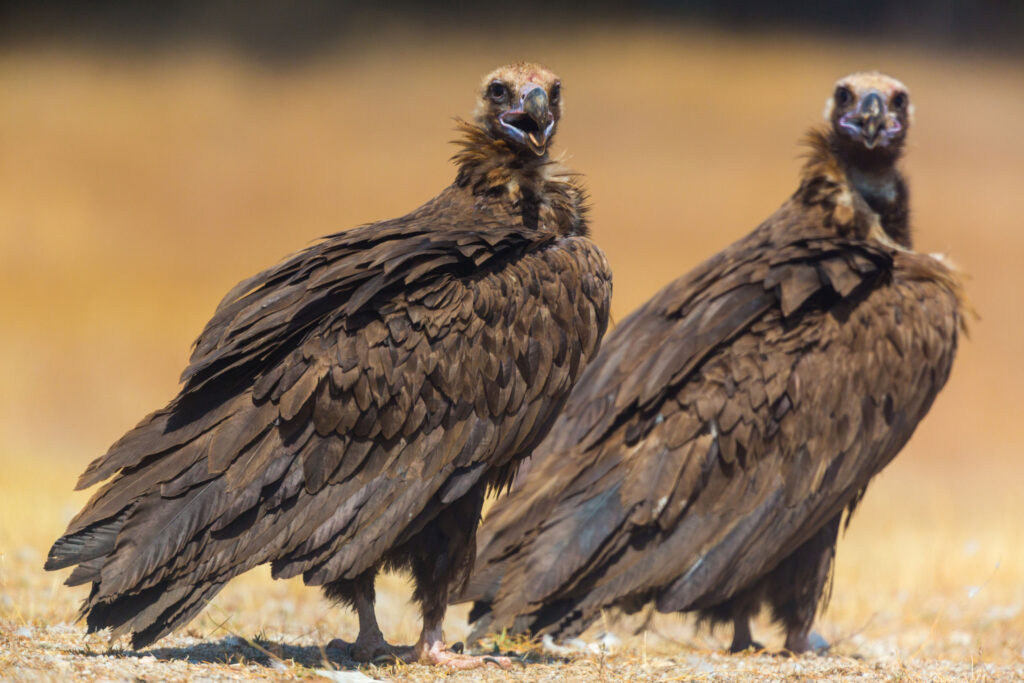
Towards breeding success
The birds released in both the Iberian Highlands and Rhodope Mountains rewilding landscapes spend time in acclimatisation enclosures with minimal human contact before they are set free, allowing them to adjust to their new surroundings.
To encourage local settlement, the reintroduction programme in the Iberian Highlands includes the management of six supplementary feeding stations, the installation of nesting platforms in trees across the Alto Tajo and Serranía de Cuenca regions, and the placement of two life-sized decoy vultures. In the Rhodope Mountains, ten artificial nests have been built in trees within sight of the aviary, while the reintroduction team also operates a dedicated feeding station to support adaptation.
In an ideal world, vultures across Europe would feed exclusively on the carcasses of wild animals, but populations of these animals are currently too low. This is why Rewilding Europe is working to strengthen the “circle of life” in many of its landscapes — including the Rhodope Mountains and the Iberian Highlands — by boosting populations of free-roaming herbivores such as European bison, wild horses, Tauros, and deer.
Keeping track
The vultures involved in both releases were fitted with GPS transmitters, to allow the reintroduction teams to monitor their movements and behaviour and minimise the danger from threats such as illegal poisoning. In the Balkans, illegal poisoning still poses a threat to populations of vultures and other raptors, which is why the Rewilding Rhodopes team have operated an anti-poison dog unit for many years. With assistance from a new dog, patrols by the unit have recently intensified, with some carried out in collaboration with state forestry and environmental officers.
In the Rhodope Mountains, GPS tracking has shown previously released cinereous vultures mainly exploring the Eastern Rhodopes and neighbouring Sakar Mountains, but some have been observed travelling long distances — as far as Serbia, Bosnia and Herzegovina, Ukraine, Romania, Greece, Albania, and North Macedonia. However, the birds have spent the majority of their time in the release area, which shows they have adapted well to the conditions in the rewilding landscape.
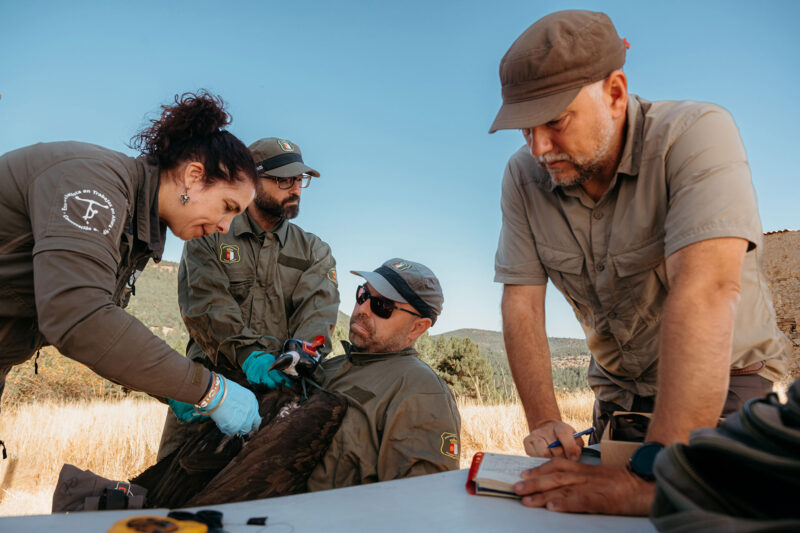
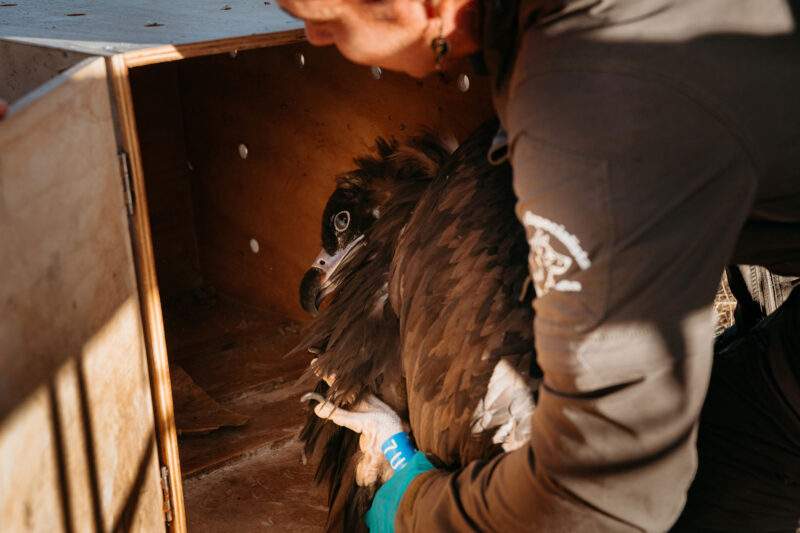
The bigger picture: cinereous vultures in Europe
Cinereous vultures once ranged from Portugal all the way across Europe, through Turkey to the high mountains of Kazakhstan and the Mongolian steppe. However, a combination of threats — including poisoning, habitat loss, a diminishing availability of food, and collisions with power lines — led to a huge reduction in their numbers and range. Cinereous vultures disappeared from the Iberian Highlands as a resident bird around a century ago, while the last cinereous vultures bred in the Rhodope Mountains in the early 1990s.
Today, thankfully, the cinereous vulture is making a slow but steady comeback in Europe, with reintroduction and conservation efforts taking place in countries such as Spain, Portugal, France, Bulgaria, and Greece. Spain is home to approximately 3,000 breeding pairs of cinereous vultures — around 96% of the European population of the species. This makes it even more important that the species extends its breeding range to other countries.
